The outcome of demonetisation was a subject for conjecture as it was difficult to reconcile the initial objectives with the idea of junking out old currency. The three goals of demonetisation were to attack black money, eliminate counterfeit currency and control terror funding. At a later stage it was highlighted that the economy had to go digital and the only way to do it was to remove high denomination currency from the system and move households to using the electronic mode of transaction. Counterfeit currency was not expected to be a large number that could justify the process while terrorism did definitely come down especially in Kashmir due to non-availability of high denomination currency which was used to fund the same. The RBI was to provide clues on the amount of currency that was deposited in banks, and the Annual Report for 2016-17 suggests that almost all the banned notes have come back as Rs 15.28 lakh crore of the Rs 15.44 lakh crore has been deposited with banks. While the scan of income tax authorities is on, realistically speaking the amount that would be questioned and later fined may not be really significant as the black money deposited in accounts would more likely be by small-time evaders rather than large operators. Hence, this scenario actually implies that black money of a significant amount did not reside in currency. This also gels well with the belief that black money normally tends to move into real estate and gold and is not held in cash in large quantities (except probably for elections funding). Therefore, the linkage between black money and demonetisation goal does reveal that the programme did not have much impact. But on the positive side to be fair to the government, the fact that the money has entered the system implies that there will from now onwards be an audit trail of this money. And to the extent that these amounts cannot be justified by those who deposited the money there would be some revenue generated by the government in the form of fines. [caption id=“attachment_3993949” align=“alignleft” width=“380”] 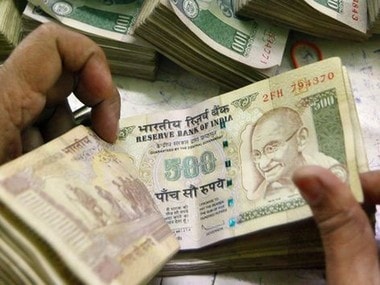 Reuters[/caption] The subsequent goal of going digital was a success according to the data that is presented to the extent that a large volume of transactions is being carried out through the digital mode. But this should be read with some caution because the amount of currency in circulation is gravitating back to the pre-demonetisation levels. As of 18 August, currency in circulation was Rs 15.7 lakh crore against Rs 17.8 lakh crore at the time of demonetisation. This means that households are still demanding cash because it is a way of life. While some part of the daily transactions is carried out through mobile phones or internet banking, currency is still used for precautionary purposes as well as on account of it being a cost-less mode. There are charges on several digital modes of transactions as these services can never be provided free of cost by the provider. Therefore, on balance one can say that demonetisation was a success in terms of making digital transactions popular, and not quite a success in unearthing black money or drawing households away from currency. What then is the cost involved? The cost at the individual level is hard to calculate as the pain of conversion of cash into new currency or deposits or withdrawal of the same was arduous for those 2 months. But it does appear that the system has reached equilibrium and the pain did recede by March 2017. This can be termed as society’s support for the experiment carried out by the government to unearth black money. But the more interesting part is that the government indirectly has also borne the cost of this programme. The accounts of the RBI show that two things have happened. The first is that the RBI’s revenue has slowed down considerably while the cost has increased, resulting in a lower amount of surplus. Income was down by around Rs 19,000 crore of which around Rs 17,500 crore was due to the cost of LAF (liquidity adjustment facility). It may be recollected that when there was surfeit of deposits with banks, the RBI had first increased the CRR (cash reserve ratio) on incremental deposits and then corrected the same by bringing in the Market Stabilization Scheme (MSS bonds). Later it settled for the reverse repo window to mop up excess liquidity. The term and overnight reverse repos varied between Rs 3-4 lakh crore during this period, on which the RBI was paying interest at the reverse repo rate of 5.75-6 percent on an annualised basis. This impacted revenue of the RBI. (This expense on LAF has been taken as a negative income item in the income-expenditure statement and not as an expense). On the expenditure side, there was a higher outflow on printing of currency which was higher by around Rs 4,500 crore which can be attributed mainly to the new Rs 500 and Rs 2,000 notes printed on account of this programme. There are higher provisions made of around Rs 13,000 crore by the RBI which pushed up total expenditure by Rs 16,000 crore. A combination of lower income and higher expenditure resulted in a lower quantum of surplus of the RBI from Rs 65,880 crore to Rs 30,663 crore. The implication here is that as almost the entire amount is transferred to the government, the shortfall of Rs 35,000 crore would be felt in the non-tax revenue component of the Budget. As there will definitely be no compensation in terms of higher profit transfers from public sector banks (in fact there will be a shortfall), the fiscal balance will get affected by this amount which is quite high. This is around 6 percent of the fiscal deficit of Rs 5.5 lakh crore and 0.2 percent of GDP. With the disinvestment target always a partial success, the government will have to bank on the GST to draw in more revenue this year if the fiscal deficit target of 3.2 percent is to be attained. To sum up, the government had taken a bold measure to go in for demonetisation of high denomination notes to address the issue of black money. Prima facie it appears that this objective has not been achieved as all the currency had returned to the system. This can be proved wrong in case the I-T department is able to fine those who cannot justify their deposits. The government can claim some success in achieving their objective of digitising the economy when the goal post was changed, but the cash-habit still remains, and probably will continue to be important for households. The RBI had to bear this cost of delivery which affected its surplus, which ultimately has affected the government through lower quantum of transfers. Therefore, it appears that all segments of society have shared the cost of this experiment. (The writer is Chief Economist, CARE Ratings. Views are personal)
The government had taken a bold measure to go in for demonetisation of high denomination notes to address the issue of black money. Prima facie this objective has not been achieved
Advertisement
End of Article
Written by Madan Sabnavis
Madan Sabnavis is Chief Economist at CARE Ratings. see more


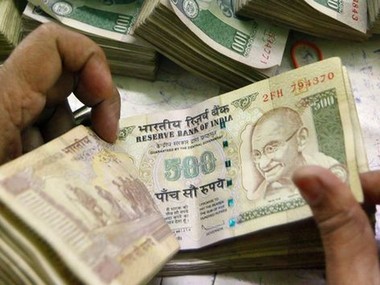)

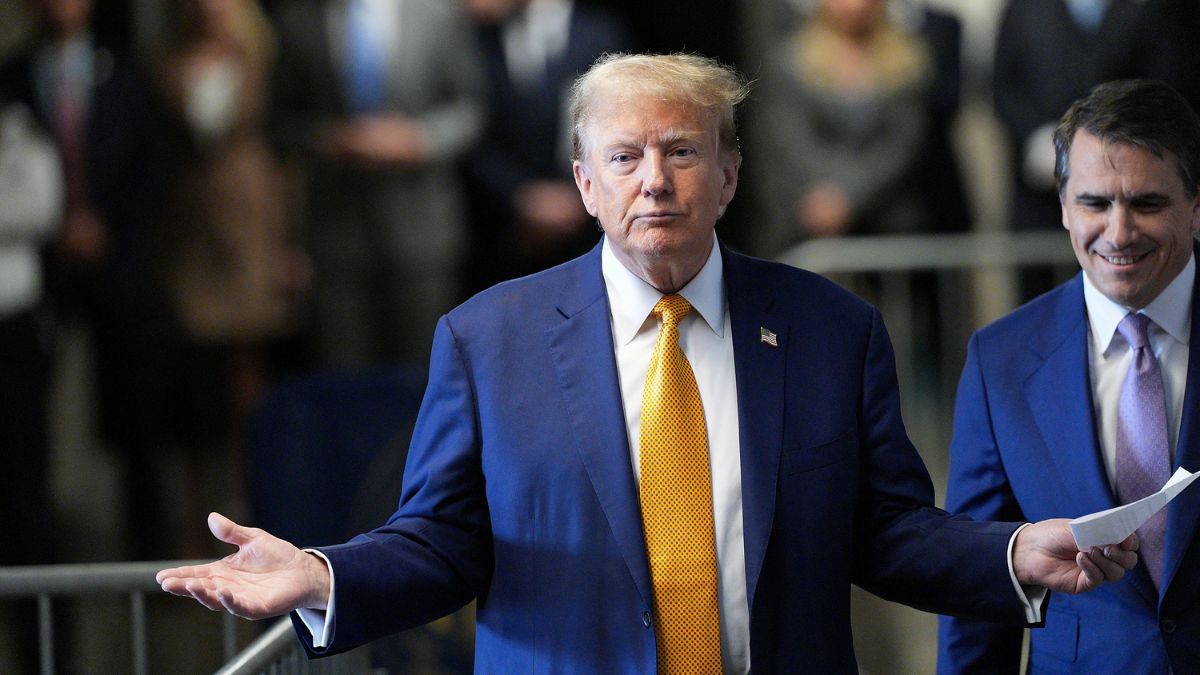)
)
)
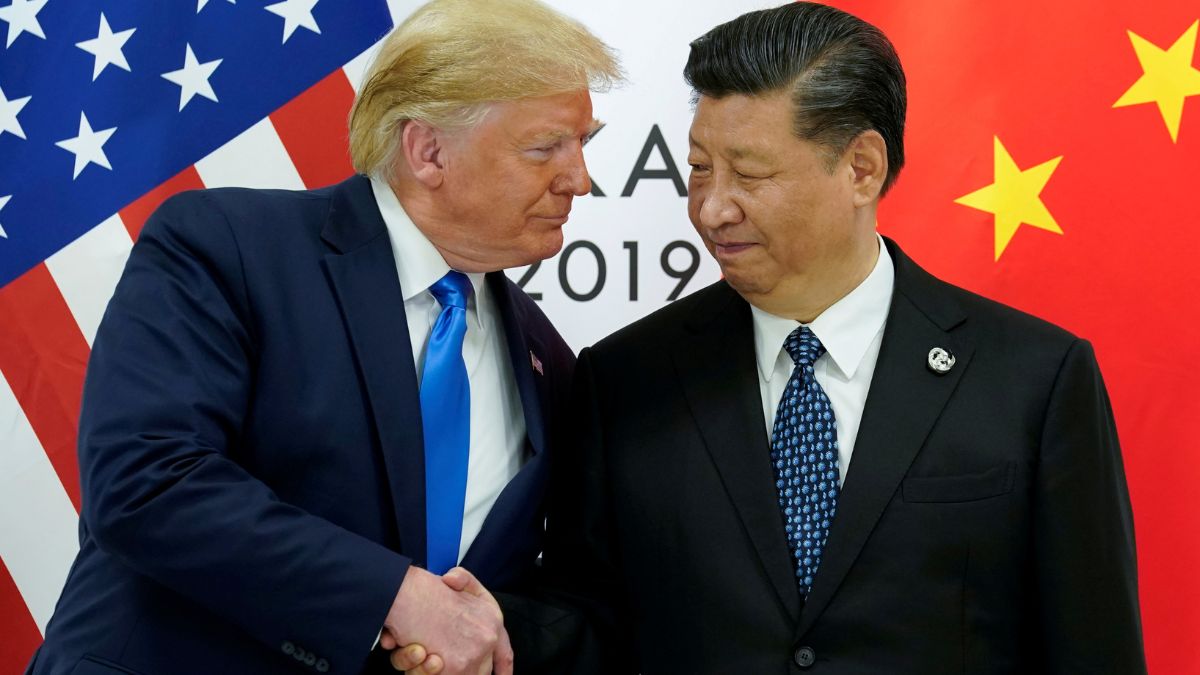)
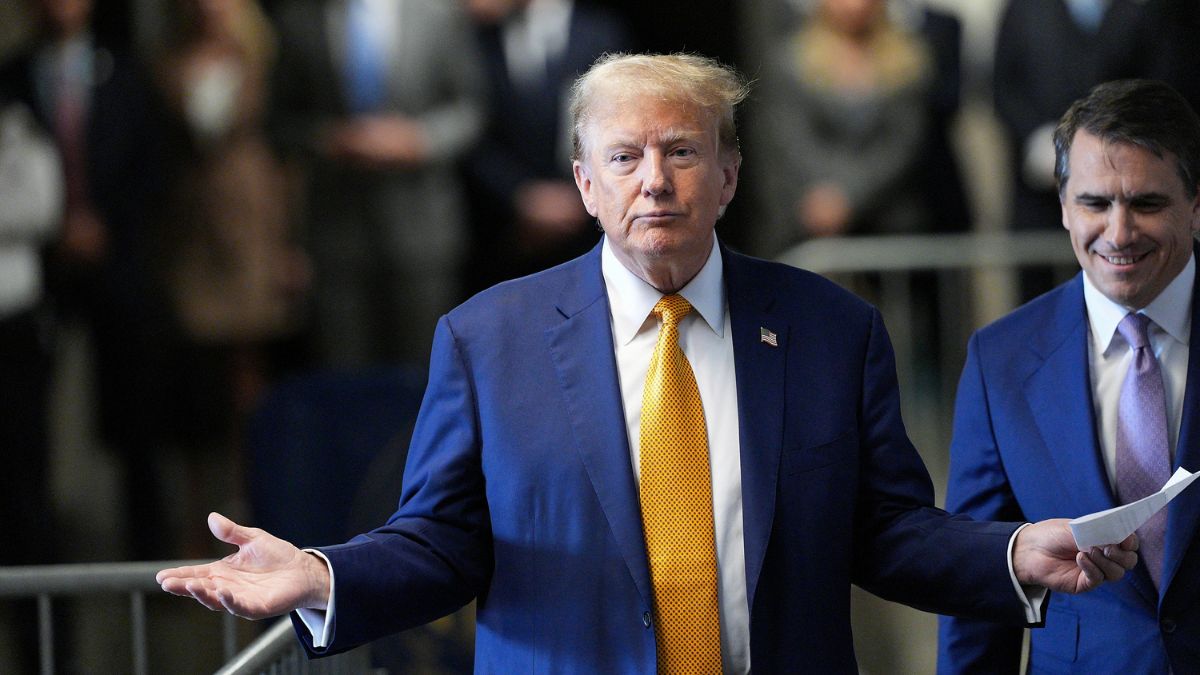)
)
)
)



